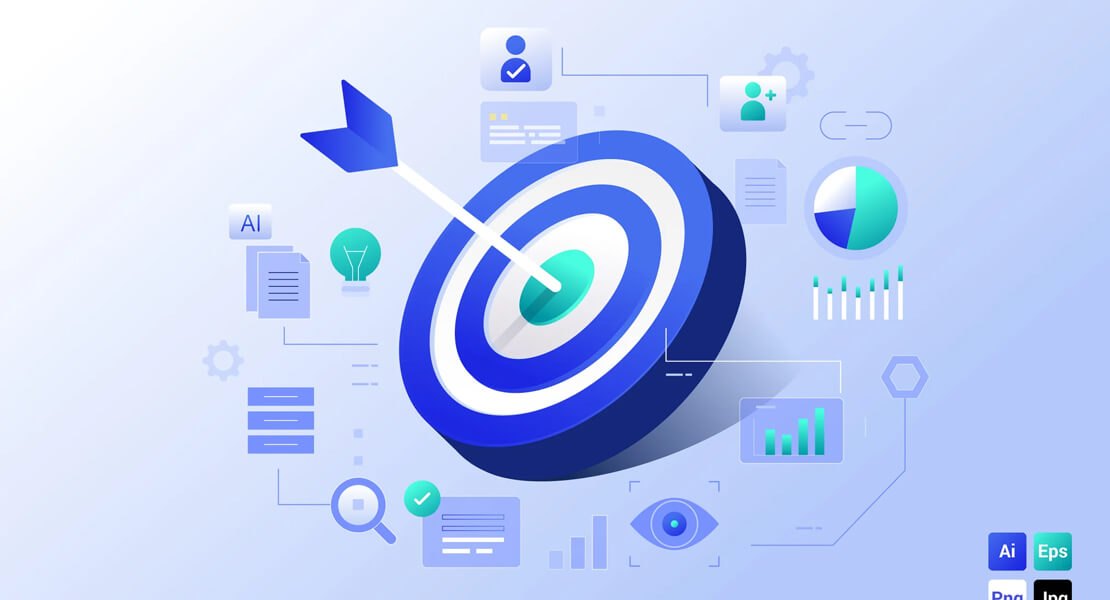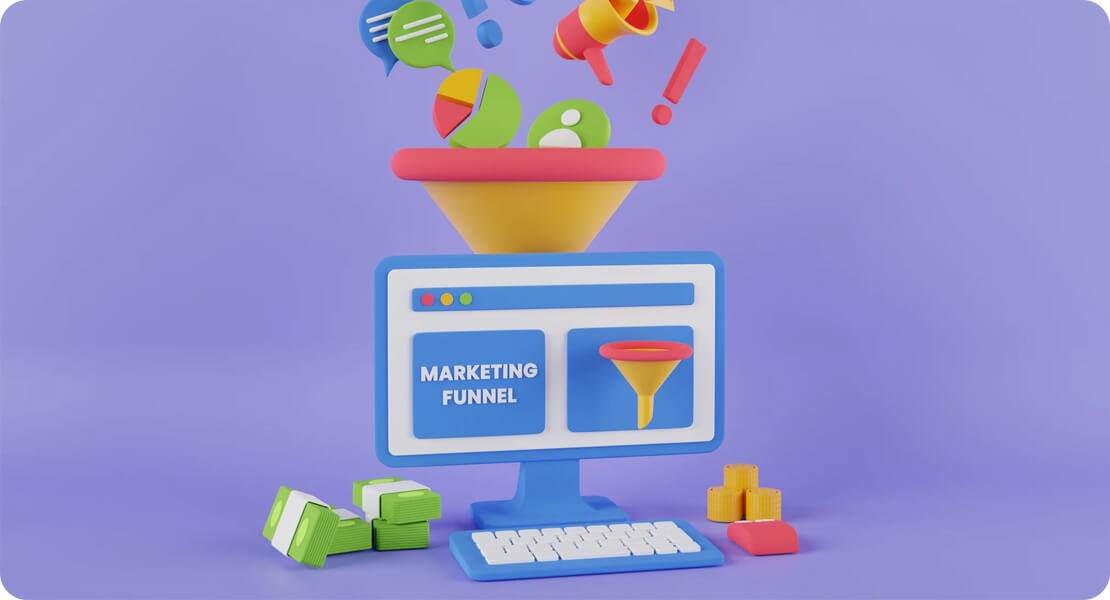
If you’re running or marketing a SaaS business, you probably know just how tough it is to explain what you do in a way that instantly clicks with people. That’s exactly where explainer videos come in. These short, sharp, and engaging videos help break down complex software solutions into bite-sized, user-friendly content—and they’ve become a bit of a secret weapon when it comes to boosting conversions.
In this article, we’re going to have a proper chat about why explainer videos work so well for SaaS companies, how they can directly improve your conversion rates, and most importantly, how you can start using them effectively in your own strategy. Whether you’re just starting out or looking to give your marketing a refresh, you’ll find practical tips and real-world advice to help you get moving.
Why Explainer Videos Work So Well for SaaS
Let’s start by getting into the “why”. SaaS products are often loaded with features, and while that’s great, it can also be a bit overwhelming for your audience. The reality is, most people don’t want to read a ten-page feature list. They want to understand what your product does, how it solves their problem, and why it’s better than the other options out there.
This is where explainer videos shine. A good explainer video takes your complex product and simplifies it. It turns tech-speak into plain English and uses visuals to drive home the value. Done right, it can take someone from “I don’t get it” to “I need this” in under two minutes.
It also helps that people are more likely to watch a video than read a long chunk of text. Studies have shown that video content tends to have much higher engagement rates than written content, which is a huge plus when you’re trying to hold someone’s attention long enough to convert them into a paying customer.
The Psychology Behind Why They Convert
Let’s dig a little deeper. Why do explainer videos actually help conversions?

Well, first off, videos are more engaging than static content. They combine movement, sound, and storytelling—all of which keep your brain interested. Humans process visuals faster than text, and we tend to remember visual information for longer. So when someone watches a short, punchy video that explains what your SaaS product does, they’re far more likely to remember it.
Secondly, explainer videos often use narrative structure—problem, solution, benefit. This is storytelling 101, and it works incredibly well in marketing. You’re not just telling people what your product is; you’re taking them on a mini-journey. That emotional engagement makes a big difference when it comes time to decide whether or not to sign up.
And finally, there’s the trust factor. A well-made video feels polished and professional, which can boost confidence in your brand. If people feel like you’ve taken the time to clearly explain your product, they’re more likely to believe you know what you’re doing.
Where to Use Explainer Videos for Maximum Impact
So where should you actually put your explainer video to get the most bang for your buck? Here are the prime spots:
1. On Your Homepage
Your homepage is often the first impression someone will have of your SaaS brand, and attention spans are brutally short. When visitors arrive, they’re usually scanning for clarity. They want to know what your product is, who it’s for, and why it matters to them—all within seconds. An explainer video placed front and centre on your homepage helps guide that first impression and distils your offering into something immediately digestible.
The key here is to keep the video “above the fold,” meaning it should be visible without users needing to scroll. If your explainer is tucked away halfway down the page, most people won’t even notice it. Placing it in a prominent, eye-catching section sends a clear signal: “Watch this to understand what we do.” It also acts as a visual anchor that helps users stay on the page longer, which can reduce bounce rates and increase dwell time—two factors that can indirectly support SEO efforts.

You’ll also want to ensure that the video is fully responsive. That means it needs to look and perform just as smoothly on mobile as it does on a desktop. Users browsing from phones or tablets should be able to view it without slow load times, glitchy displays, or buttons that are hard to tap. A poorly performing homepage video can backfire and frustrate potential customers before you even have a chance to show them what you offer.
Finally, use this opportunity to create an emotional connection. Your homepage video should aim to resonate with the viewer’s needs and aspirations, not just list off product features. Introduce a relatable scenario, touch on common pain points, and demonstrate how your software solves the problem in a simple, visual way. By doing so, you’re not just explaining what your product is—you’re explaining why it’s the right choice for them.
2. On Landing Pages
Landing pages are built for one reason: conversions. They typically focus on a single product, offer, or audience segment, and this makes them ideal for explainer videos. Because you already know the intent of the visitor—whether it’s signing up for a free trial, booking a demo, or downloading a whitepaper—you can tailor your video content to support that specific action. A well-matched video can help clarify your offer and reduce hesitation.
Your video should feel like a natural extension of whatever brought the visitor to the page. If someone clicks an ad that talks about automating invoices, your landing page video shouldn’t go off on a tangent about all your software features. It should laser in on that one value proposition—how your SaaS helps automate invoicing better than the alternatives. This alignment between ad message, landing page content, and video narrative creates a seamless journey for the user.
Positioning is another factor to get right. Placing your explainer video near your call-to-action (CTA) ensures that after watching it, the next logical step is to convert. You don’t want users watching your video and then hunting around the page trying to figure out what to do next. Make the transition smooth, whether it’s clicking a button, filling out a form, or starting a chat with your team. Your goal is to remove friction from the decision-making process.
Also, consider A/B testing different video styles or messages on your landing pages. Sometimes, even a small change in tone or structure can have a meaningful impact on conversion rates. You might find that one version appeals more to tech-savvy users, while another connects better with non-technical decision-makers. By gathering this kind of data, you can continuously refine your video strategy for better results.
3. In Your Email Funnels
Email funnels are a powerful way to nurture leads and onboard new users, but inboxes are cluttered. If you want your message to stand out, adding video content can be a game-changer. Including a thumbnail or gif preview of your explainer video in an email immediately catches the eye and gives recipients something interactive to engage with. It shifts the focus from passive reading to active viewing, which can help you deliver your message more effectively.
When using video in your email campaigns, keep in mind the user journey. A welcome email might feature a high-level explainer to get users familiar with your product, while a follow-up email could include a more detailed walkthrough of a specific feature. This way, you’re progressively educating your audience without overwhelming them. Each video should feel timely and relevant to where the recipient is in the decision or onboarding process.
Technical performance is crucial in email. Most email clients don’t allow embedded video playback, so use a linked thumbnail image that takes users to a landing page or video platform instead. The link should open quickly and play without buffering—email recipients are notoriously impatient, and any delay could cost you the viewer’s attention. Also, keep the thumbnail clean and visually enticing, with a clear play button so it’s obvious what to click.
Lastly, monitor your email metrics closely. Look for increases in open rates, click-through rates, and subsequent on-site behaviour. If you see a jump in demo bookings or trial sign-ups after adding video to your funnel, you’ll know it’s working. You can even segment your list and test different video messages based on user interests or behaviours to keep refining your email strategy over time.
4. On Social Media
Social media is fast-paced, noisy, and packed with competition. That’s exactly why explainer videos are so effective here—they grab attention quickly and deliver a clear message in a format people enjoy. Whether you’re sharing on LinkedIn, Twitter, Facebook, or Instagram, videos stand out far more than static images or blocks of text. This is especially true if your video uses movement and colour to make someone pause mid-scroll.
When designing your video for social, remember that many users watch with the sound off. Captions or animated text overlays are essential if you want your message to land without relying on audio. Also, front-load your value proposition. You often have less than five seconds to hook someone’s interest, so don’t waste time with logos or long intros—get straight into the meat of the message.

Keep in mind that different platforms favour different video lengths and styles. Instagram and TikTok are all about short, punchy videos—think under 30 seconds. LinkedIn can handle slightly longer, more informative clips, especially for B2B audiences. It’s often worth repurposing your main explainer video into several shorter versions that are optimised for each platform’s unique tone and format. That way, you can maintain consistency while broadening your reach.
Finally, engage with your viewers. Don’t just post a video and walk away. Ask a question in the caption, encourage shares, or start a conversation in the comments. This interaction boosts the video’s visibility on most platforms and gives you valuable insight into how people are responding to your message. A good explainer video on social media doesn’t just explain—it invites participation and creates a mini community around your brand.
!
What Makes a Great SaaS Explainer Video?
Alright, so what separates a “meh” explainer from a high-converting one? Here’s what to focus on:
1. Clarity Is Key
Don’t try to cram in every single feature. Focus on the core problem you solve and how your software makes life easier. Use simple language, even if your product is highly technical. Think about how you’d explain it to someone at the pub.
2. Keep It Short
The sweet spot for most explainer videos is around 60 to 90 seconds. You want to give just enough info to hook people and make them want to learn more. Anything longer and you risk losing attention—especially on first impressions.
3. Tell a Story
Structure your video like this: problem → solution → benefit → call to action. People are wired to respond to stories, even if they’re short and simple. Frame your software as the hero that swoops in to save the day.
4. Use Clean, On-Brand Design
The visuals in your explainer should feel aligned with your brand. Whether it’s animation, screencasts, or live-action, it needs to look polished and professional. Consistent colour schemes, fonts, and tone make a huge difference in perception.
5. End With a Clear CTA
Don’t leave people guessing what to do next. Whether it’s signing up for a free trial, booking a demo, or downloading a whitepaper, your video should end with a clear and direct call to action.
Types of Explainer Videos That Work Well for SaaS
There are a few different styles of explainer videos you might want to consider, depending on your brand and product:
1. Animated Explainer Videos
These are super popular for SaaS because they’re versatile, visually appealing, and easy to brand. You can use animation to represent abstract ideas—like data syncing, cloud storage, or AI—in a way that’s easy to understand.

2. Screencast Demos
If you’ve got a user interface that’s genuinely intuitive, show it off. A screencast video can walk people through how your software works in a practical, no-nonsense way. Just make sure it’s not too slow or dry—add narration and zoom effects to keep it engaging.
3. Live-Action Videos
Sometimes, especially for B2B SaaS with a strong human element (like HR or sales software), a live-action video can help build trust. Seeing a real person talking can make your message feel more authentic.
4. Hybrid Videos
You don’t have to pick just one. Mixing animation with screencasts or using animated overlays on live footage can help you stand out. Just be sure the transitions are smooth and the overall tone is consistent.
Measuring the Impact of Your Explainer Video
If you’re going to invest in an explainer video, you’ll want to know it’s actually working. Here’s how to track its performance:

1. Conversion Rate Uplift
Compare conversion rates on pages with and without the video. If your homepage or landing page suddenly starts pulling in more sign-ups, that’s a solid sign the video is doing its job.
2. Watch Time and Drop-Off Points
Most video platforms (like Wistia, Vimeo, or YouTube) let you track how long people are watching your video. If they’re dropping off after 20 seconds, something needs fixing—either your hook isn’t strong enough or the content is too slow to get to the point.
3. Click-Through Rates
If your video includes a clickable CTA, measure how many people are clicking through. This will help you gauge how compelling your message really is.
4. Feedback from Sales or Support
Don’t underestimate anecdotal feedback. If your sales team starts telling you that prospects “get it” faster, or your support team sees fewer questions about how to use the product, your video is doing something right.
Practical Tips for Getting Started
Ready to make your own explainer video? Here’s a step-by-step approach to help you avoid common pitfalls:
Step 1: Script First, Always
Your script is the backbone of your video. Focus on clarity and flow. Read it out loud to make sure it sounds natural, and try to keep it under 250 words for a 90-second video.

Step 2: Pick the Right Style
Decide what kind of explainer best suits your product and brand. If your software is data-heavy, a screencast might work best. If you’re selling innovation or disruption, animation could be more exciting.
Step 3: Choose Your Tools or Team
You can create basic videos in-house using tools like Powtoon, Vyond, or Adobe After Effects. If you want something more polished, it might be worth hiring a specialist video production company—just make sure they understand SaaS.
Step 4: Test and Optimise
Once your video is live, keep testing. Try different CTAs. A/B test different thumbnails. Adjust the length or the hook if engagement drops off early. This is where you really make the most of your investment.
Final Thoughts
Explainer videos are no longer just a “nice to have” for SaaS companies—they’re an essential part of the conversion funnel. They help your audience understand your product quickly, build trust, and make it easier for people to take the next step. Whether you’re launching a new tool, trying to onboard users, or just want to freshen up your marketing, a well-made explainer video can do wonders.
So if you haven’t already, now’s the time to start thinking seriously about how explainer videos can fit into your marketing strategy. Keep it clear, keep it short, and always focus on how you’re helping the customer. That’s the kind of content that not only gets watched—but gets results.
If you’re interested in learning how to grow your SaaS business with video marketing, feel free to get in touch with us here at Spiel—we’d be happy to offer you a free consultation and share some tailored insights.

